-
Posts
995 -
Joined
-
Last visited
-
Days Won
21
Content Type
Profiles
Blogs
Forums
Gallery
Pipeline Tools
3D Wiki
Plugin List
Store
Downloads
Videos
Posts posted by EAlexander
-
-
Pika Pika!
0 -
Looking nice in here!
0 -
WOW! Looks so cool - nice model too. Can't wait to see lightning flying off of it
 1
1 -
Great stuff! Really get a sense of speed from it. Nice work.
1 -
-
2 hours ago, Igor said:
How do you like modelling stuff?

The toon stuff is so liberating. I spend most of my day inside of CAD being precise and then trying to be photo real in Cinema. This is a pleasant change.
0 -
-
-
-
-
-
Super clean. Nice work all around!
1 -
1 hour ago, DasFrodo said:
I think you should invest in a new lens... that abberation is rough

I really over cranked it on this one to see if I liked it. I don't.
 1
1 -
-
Hi Logimite,
Which version of Corona are you using? I got it to load over here (I had to relink the HDRI from my hard drive, but I have that same HDRI from HDRI Haven) and it worked. Something is making your scene run super slow over here though, not sure what's going on.
In newer versions of Corona, the preferred method of HDRI is to add a Corona Sky object - in the attributes for the Sky, change the TYPE to HDRI and load in your file there. See attached. Adding a material in the illumination channel is the old way of doing things. Try that and see if it helps.
0 -
-
1 minute ago, Igor said:
No worries. Also, please enable Tip Me feature!

Thanks, but I don't want any money for info. I have learned so much from this site and so many people have helped me here (you, Cerbera, Das Frodo, Vector, King Coma, Voz, etc) - I'm just happy to give back to the community any information I can.
0 -
Ha - sorry for the delay. I got my second vaccine shot (Yay) - but it's kicked my ass and I've been in bed for two days. Strong stuff.
0 -
@Igor Here's some thoughts on improving renders that I tell my students:
There is no substitute to education as spending time in the software. You just need to build and render as many scenes as possible. Every days and quick studies have been instrumental in my learning - and a lot of them fail or never see the light of social media, but I still learn tons from them. It takes a lot of time - learning the software is only part of the journey.
Lighting is key - beautiful topology and hyper real materials will all be useless if the lighting is off or bad. This is the number one thing I see in renderings that need improvement.
Imitation is the best way to learn at first. Too many people try to take on learning 3d or improving 3d and being a designer/photographer/stylist all at the same time. I suggest that you find photos that you like and try to reproduce them. This way you have a specific lighting goal in mind as well as architecture or design choices are minimized and you can focus on your craft. Later, you can design it all, but while learning - only take on one thing at a time. See attached - I still do this regularly to try and improve. I take liberties and change things around a bit, but the general look and feel vibe is already established. This is key.
(this might be a great challenge too - post a photo and see if beginners can try to reproduce it. I have my students do this with modern kitchens.)
Keeping in mind that I teach film and stage designers how to render - I think one should look to film lighting as the inspiration for making images. I think people get too tripped up in trying to be mathematically photo real, so if the sun is at this level and the window is this tall and the light should hit the wall here and then it should look real.... This is not how photographers and cinematographers work. No photographer for Architectural Digest goes on a shoot without a full set of lighting equipment. If you study film lighting, you will see that the proximity and the scale of lighting in film (HUGE) is used, even when subtle realism is involved. So I say study film lighting more in depth. See attached examples and take a look at:
http://mattscottvisuals.com/lighting - a great resource that shows the lighting layout for advertising shots.
There are lots of Instagram sites dedicated to film lighting and BTS setups like @filmlights and others. Subscribe to these and study the rigs.
Hope that helps some - always happy to share my settings and lighting setups for any images I post if folks are curious.
-evan
4 -
Looking good in here!
0 -
Nice work! That atmosphere break with sparks is


 1
1 -
-
You can do it!
Thank you.
0 -

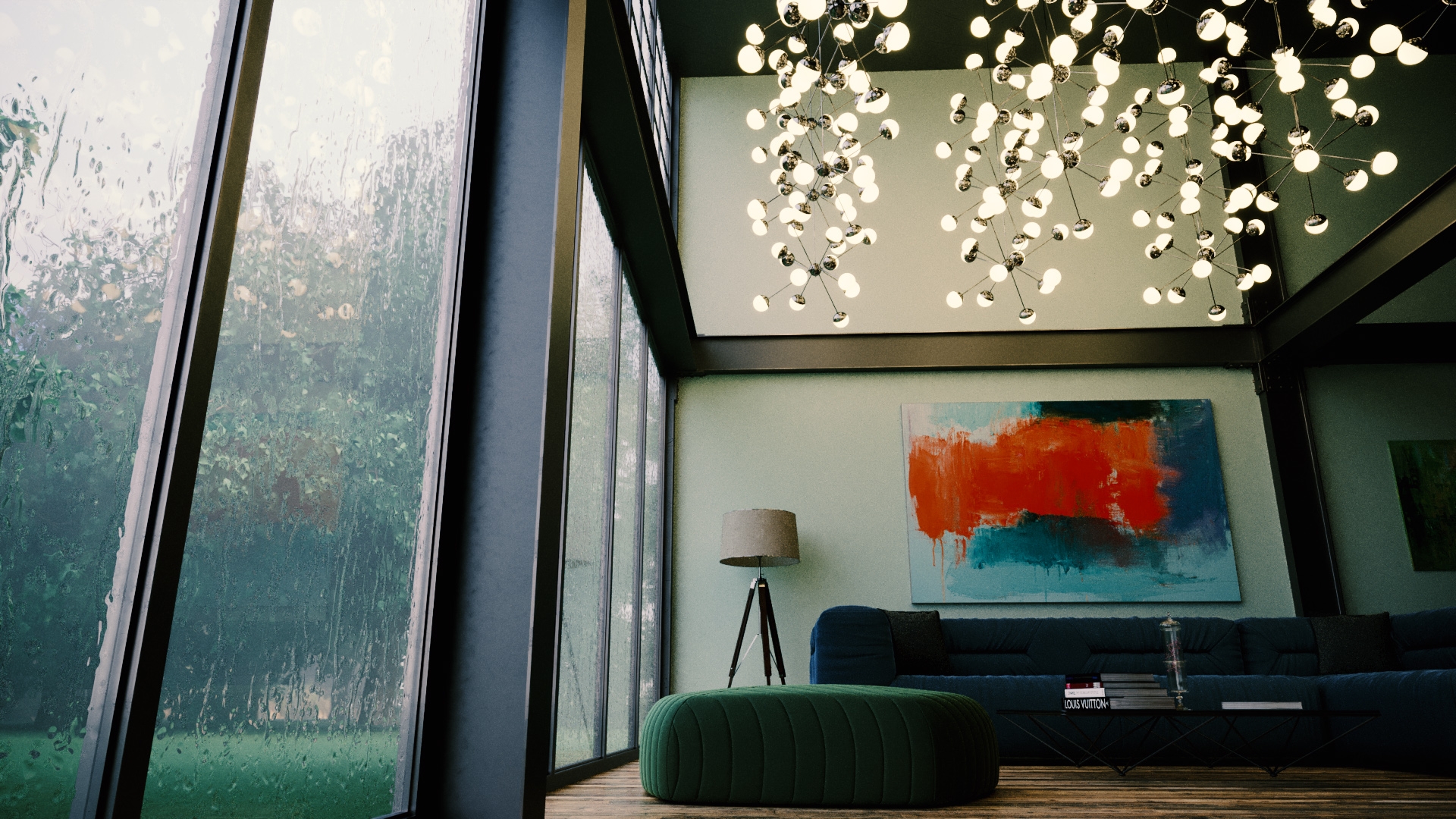

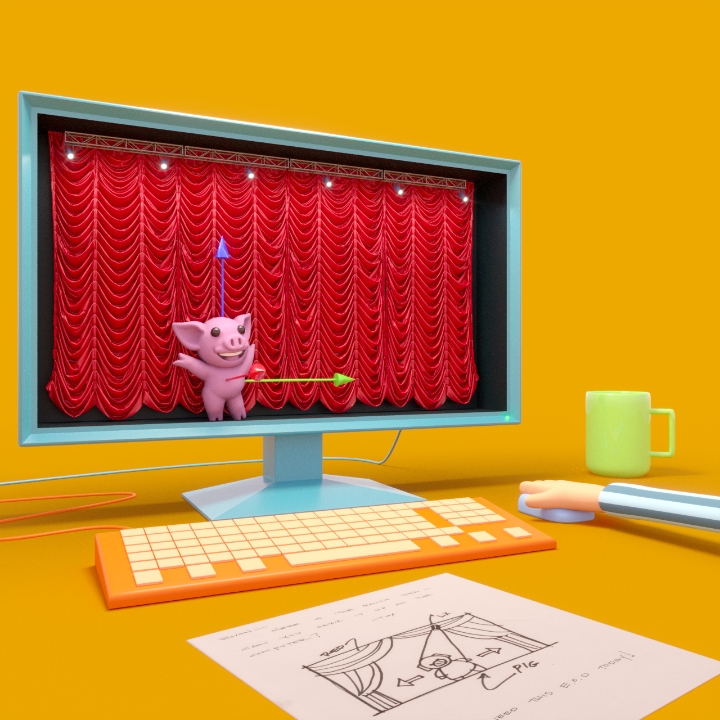
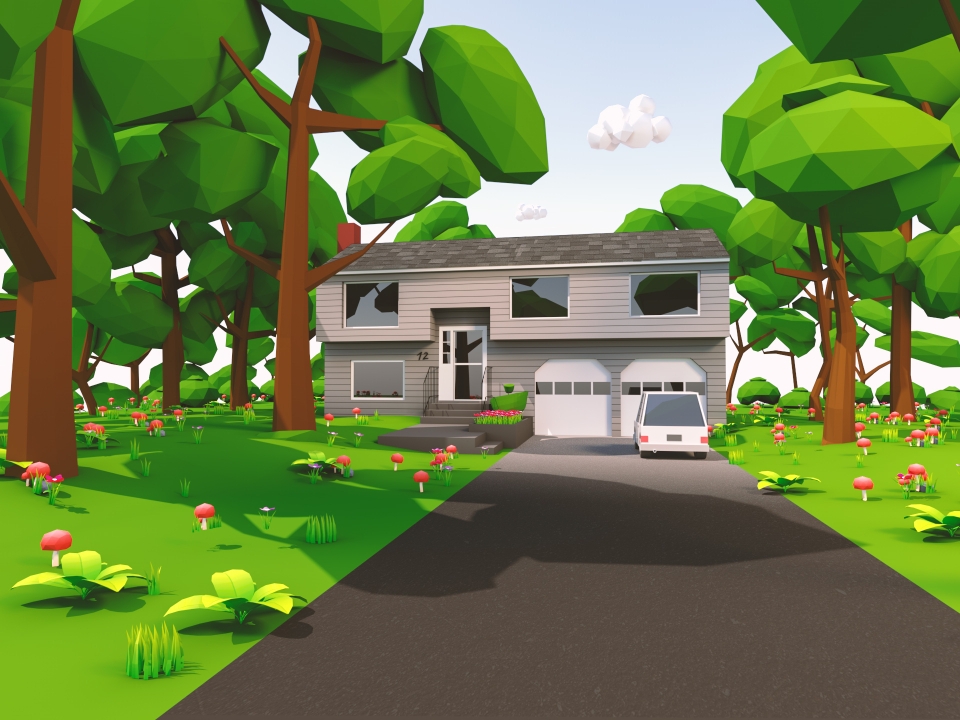
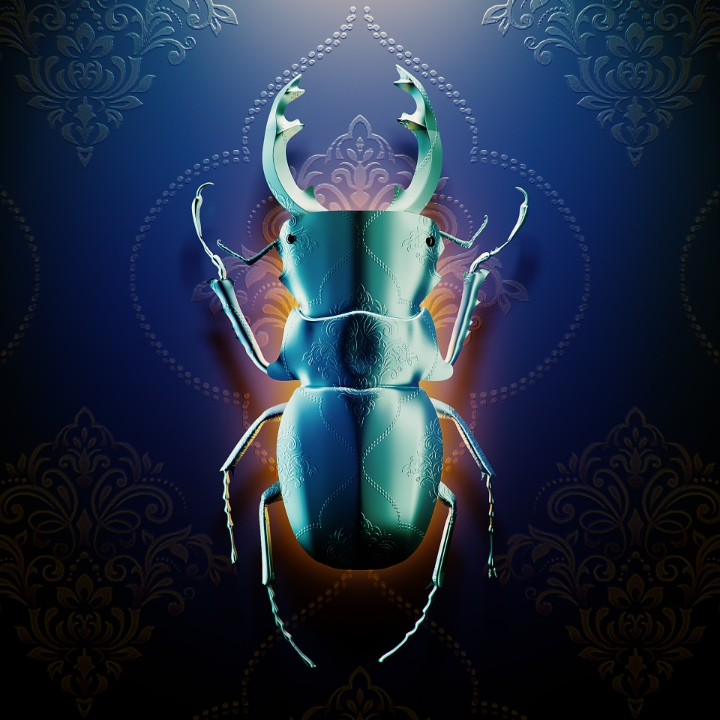
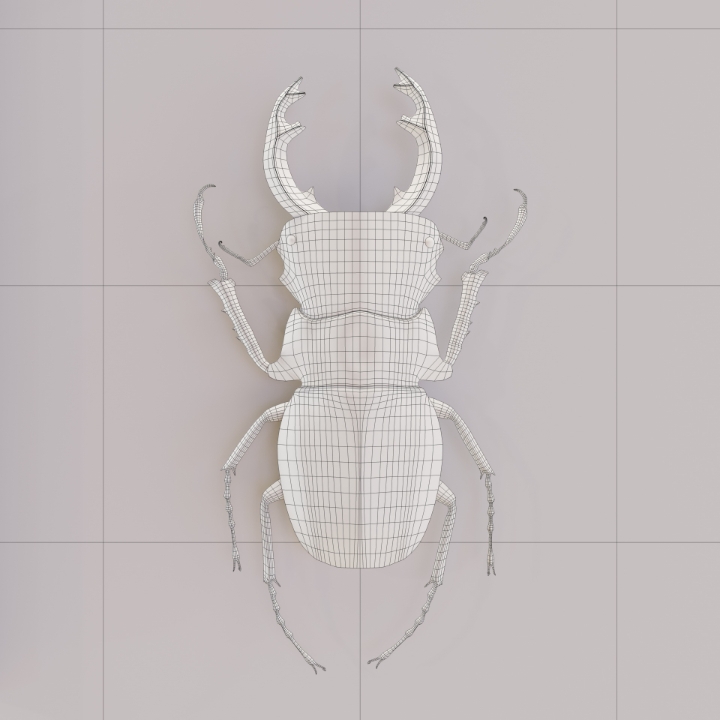

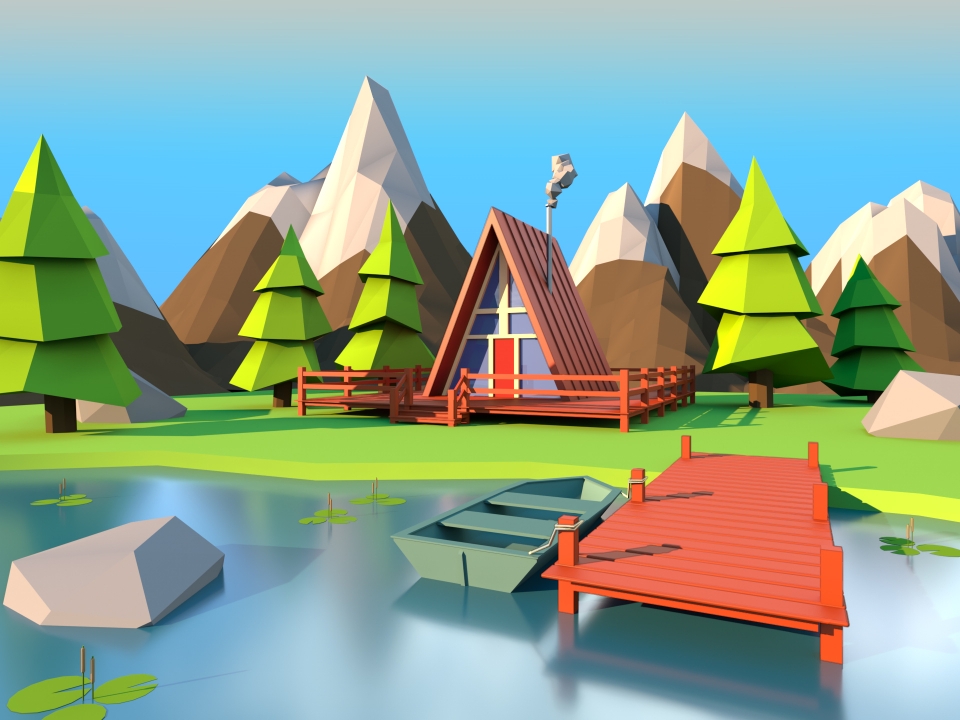
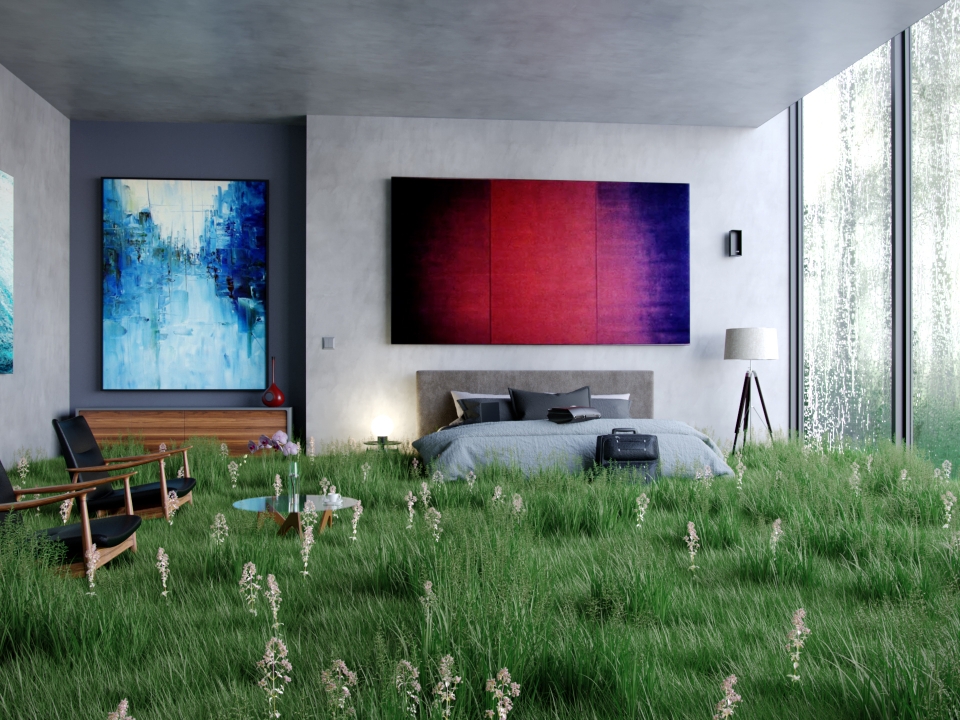
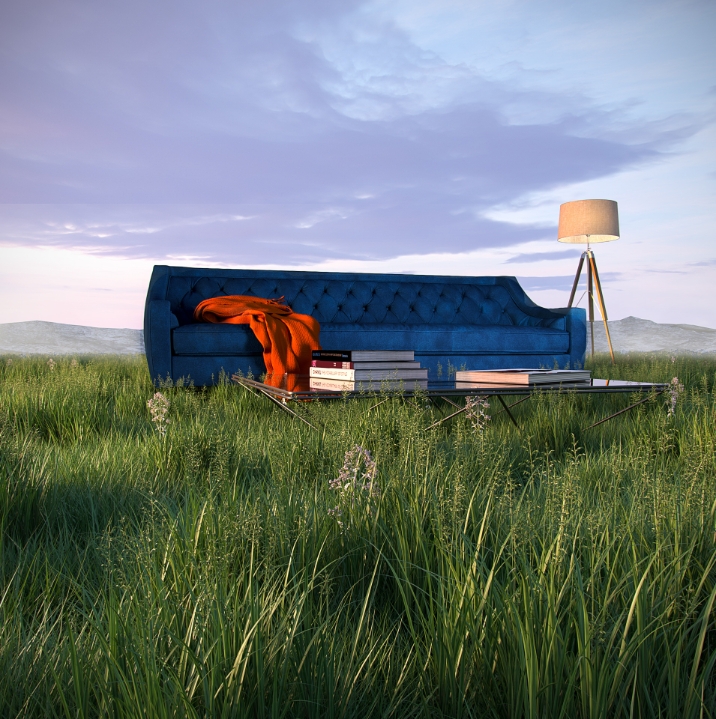
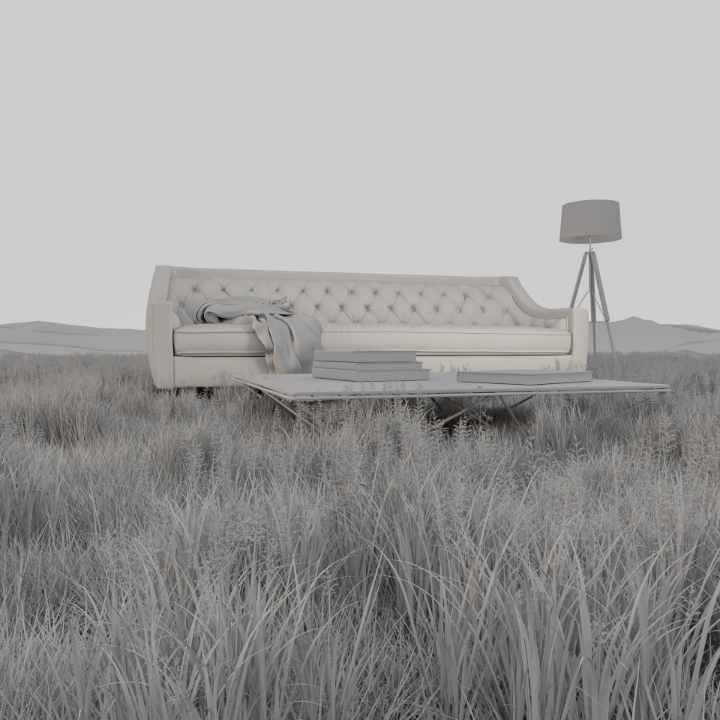
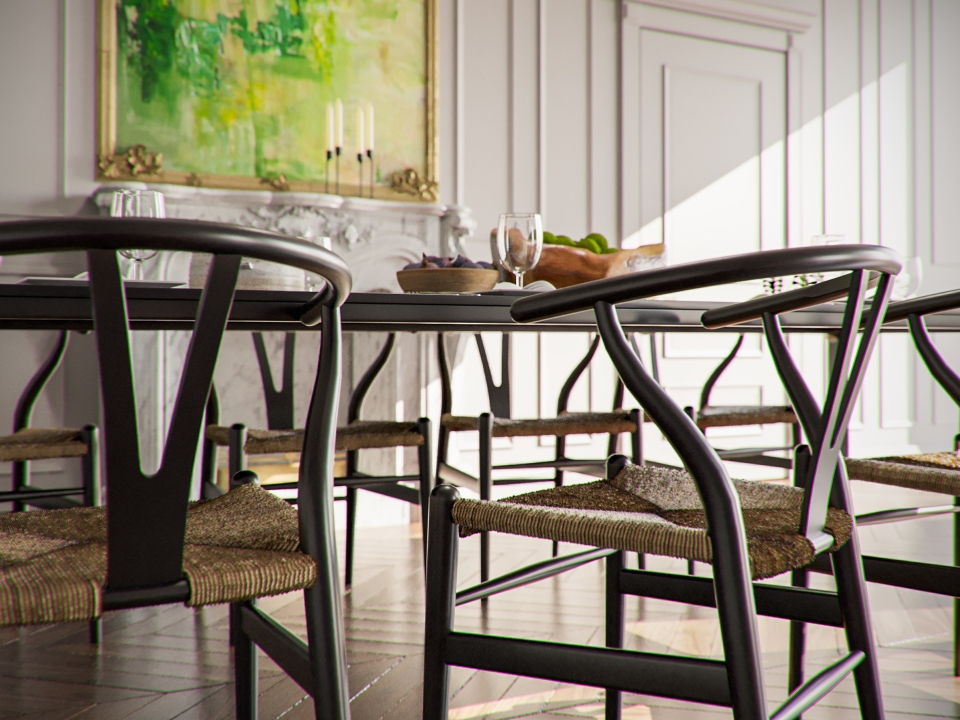
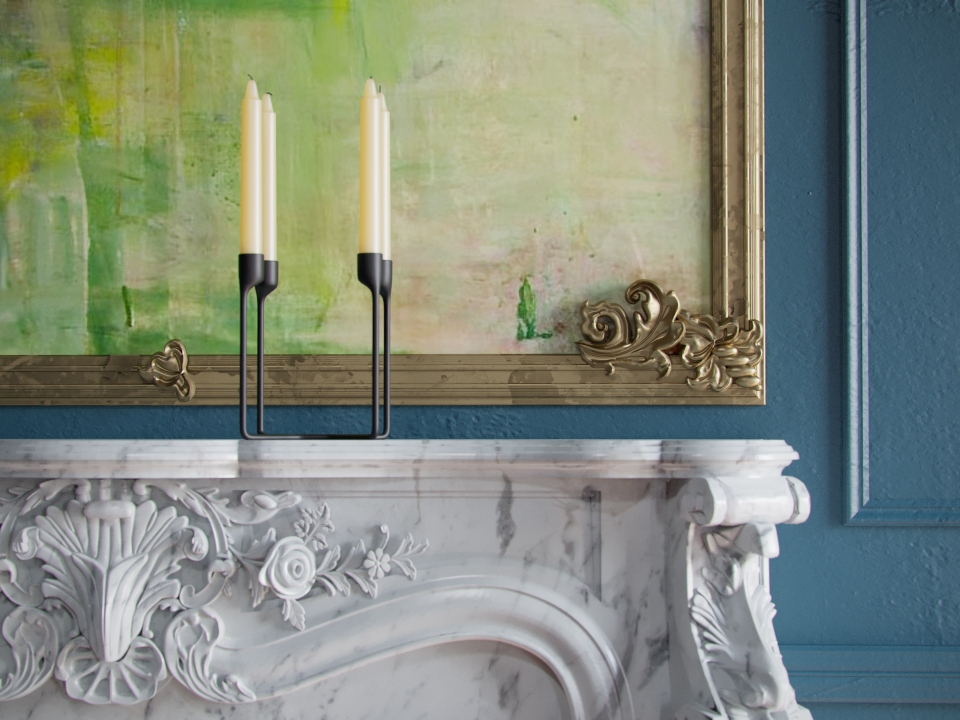
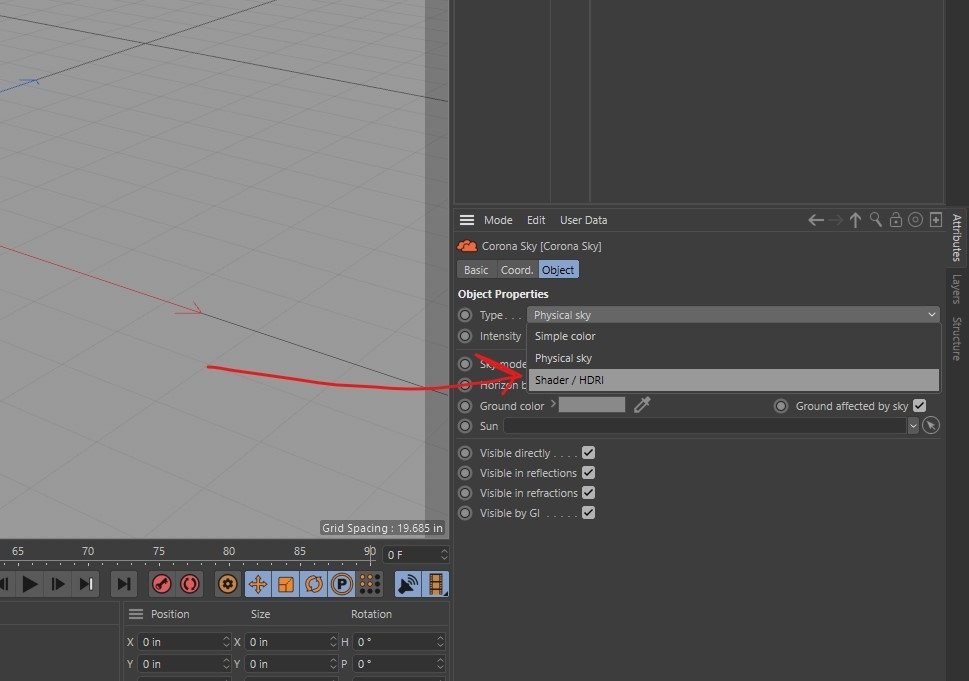
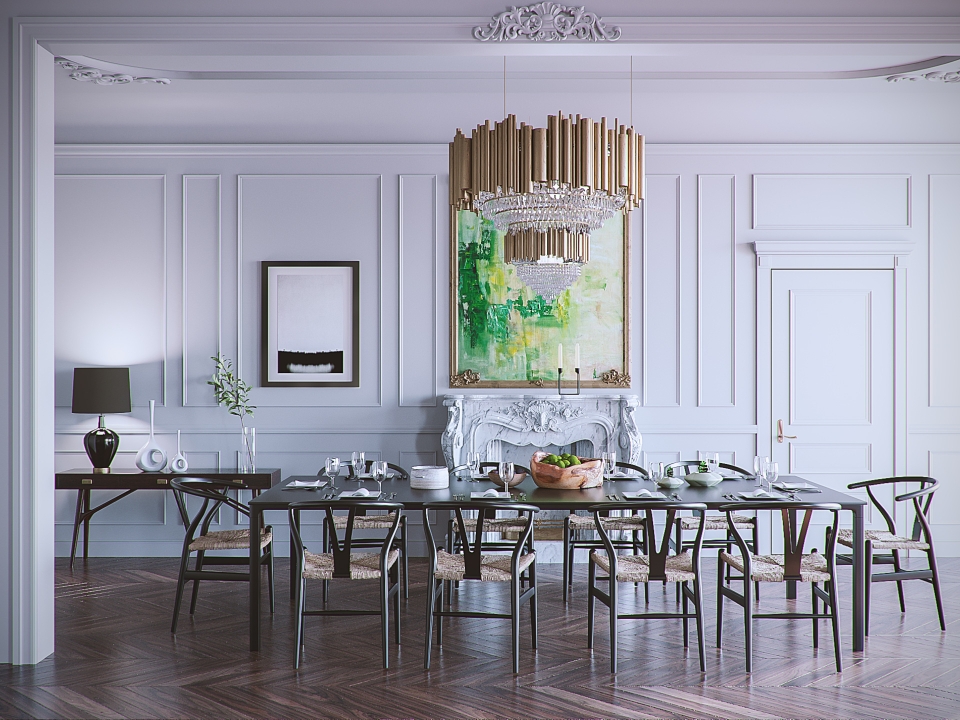
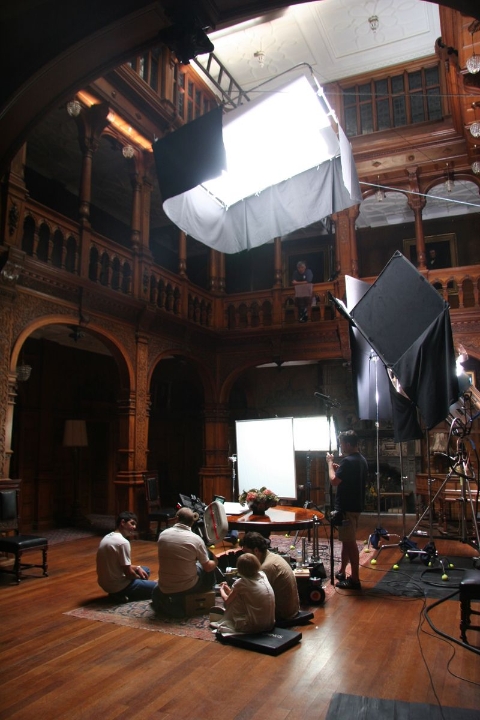
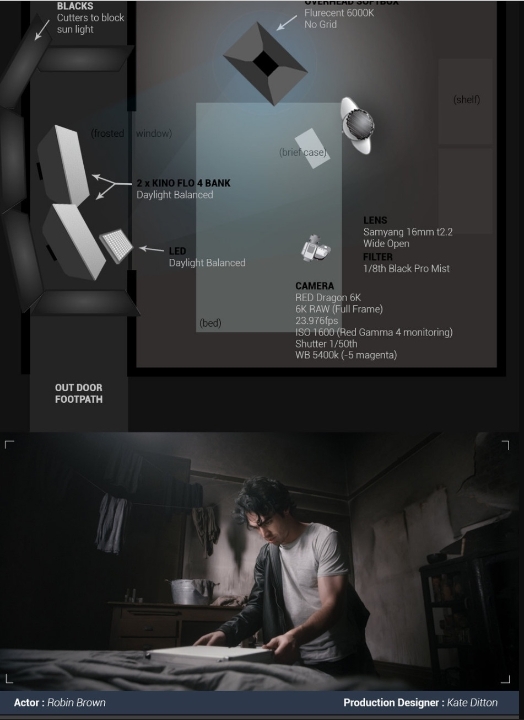
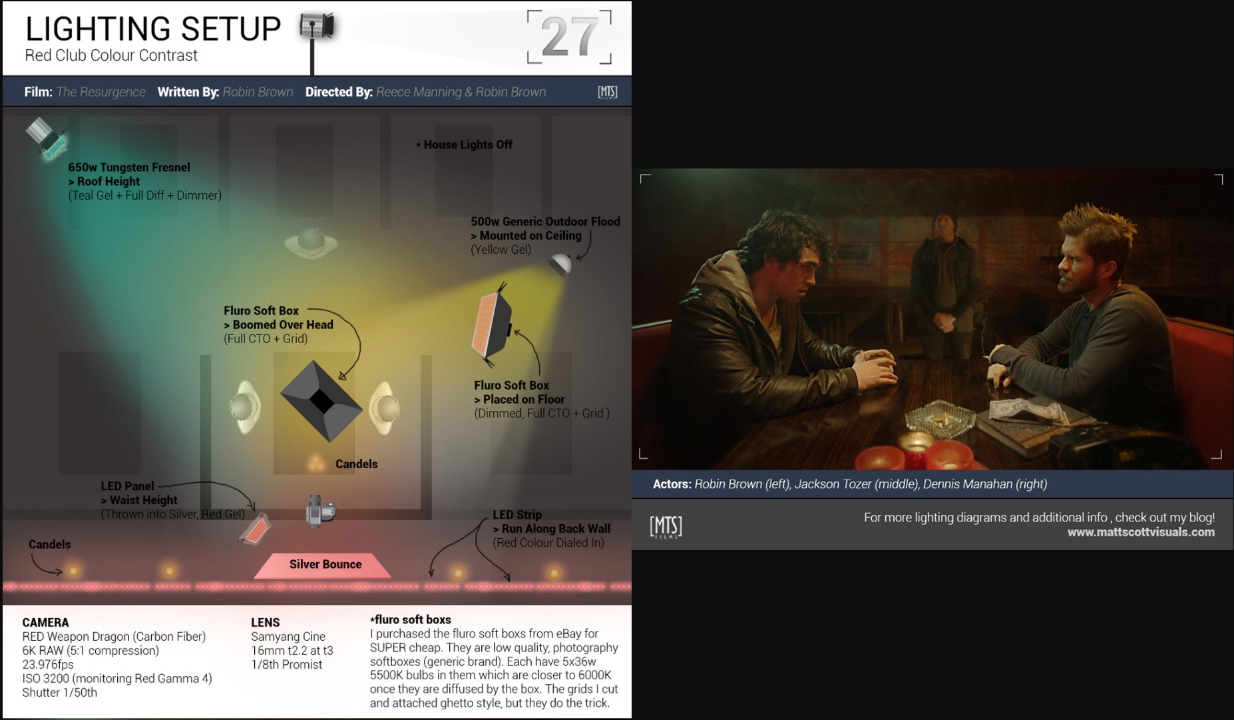
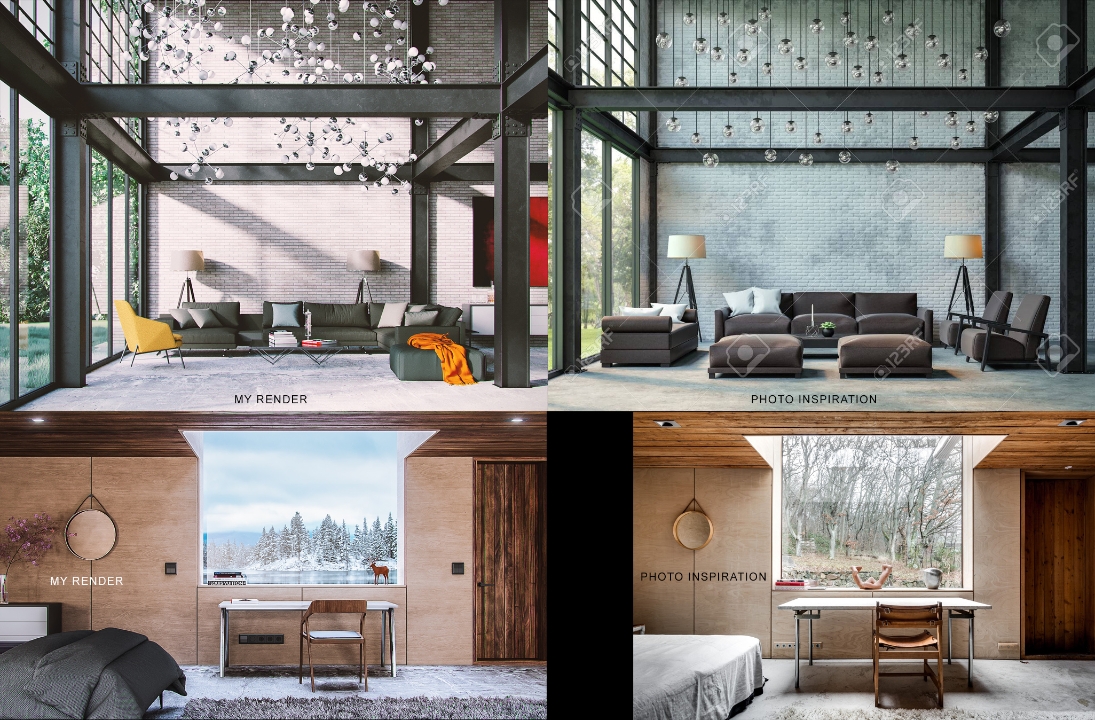
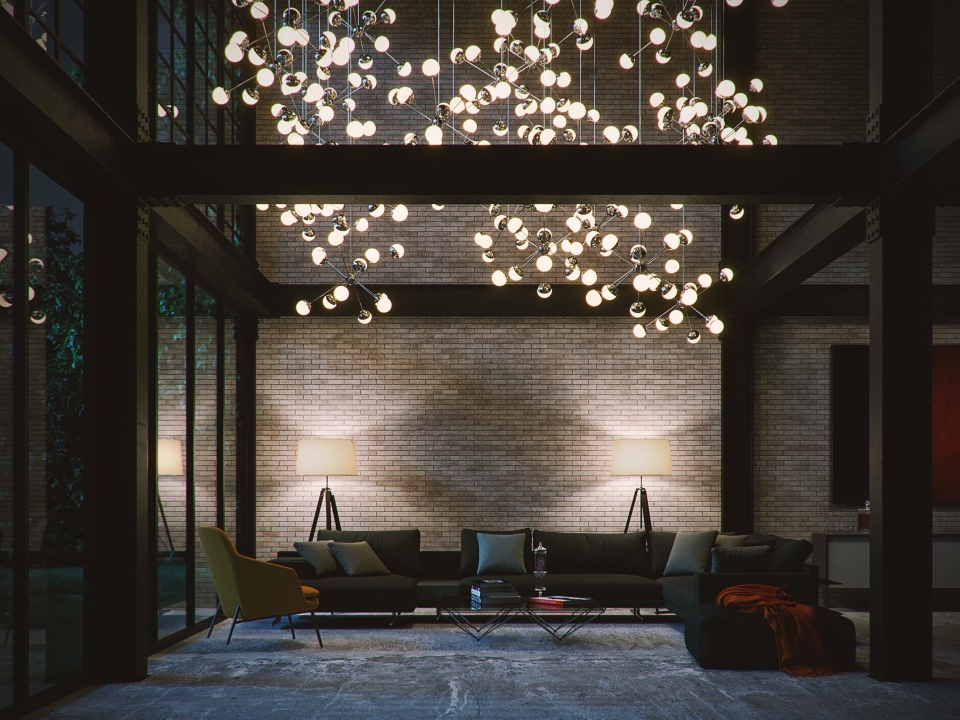
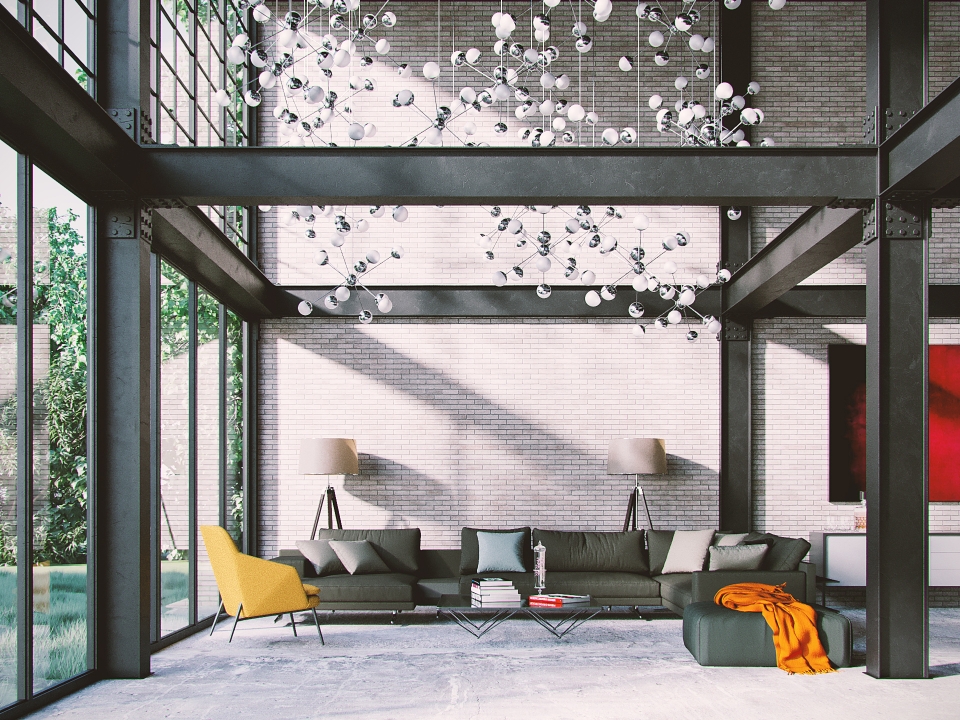
Igor's Sketchbook
in Sketchbooks
Posted
Very nice!